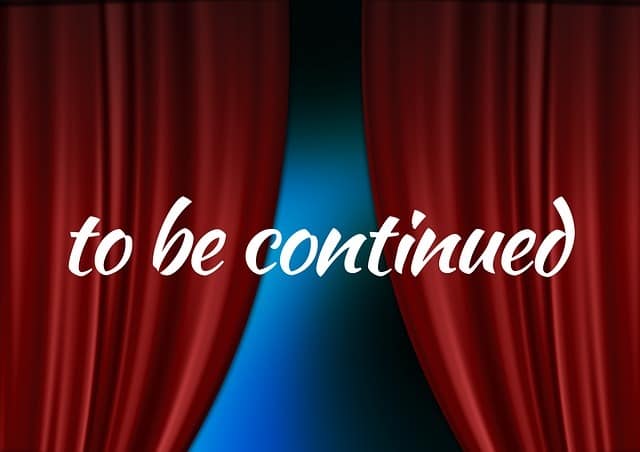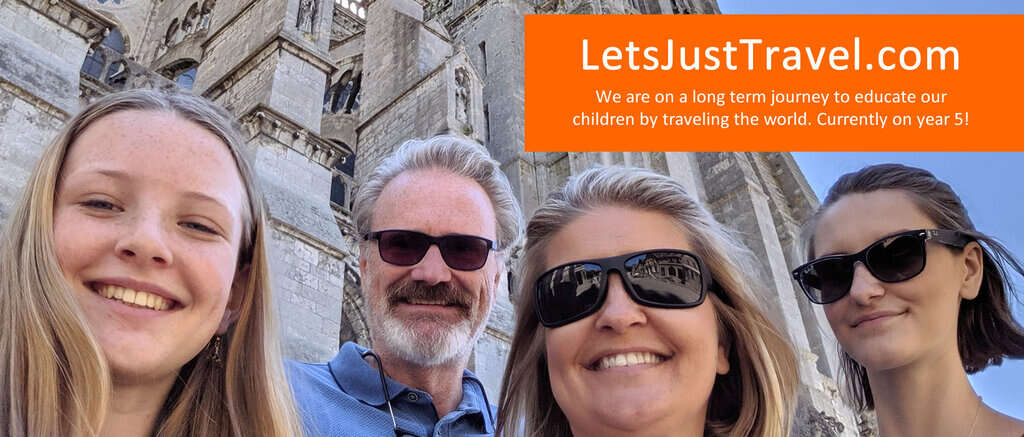We’ve been crazy busy the last few weeks, settling in, getting the kids in school, doing Christmas and just trying to live our daily lives here in Colombia. But the niñas and I managed to carve out an afternoon and evening for a really neat tour of Medellin and some of the neighborhoods. And since we experienced it, you, too, can experience it through this blog. Have a seat and we’ll take you on the tour! This is a long but very informative tour so we have split it into 2 parts. Get comfy and prepare to learn stuff.
Candle Day
We took this tour on December 7- Dia de las Velitas: Day of the Little Candles. This day is one of the most observed traditional holidays in Colombia. We knew something was happening in town because at all the grocery stores they were selling bags and bags of candles. It is this finely-honed observational skill that makes us good Worldschoolers!
Dia de las Velitas is on the eve of the Immaculate Conception, which is a public holiday in Colombia. This day is the unofficial start of the Christmas season in the country. (Gracias, Wikipedia for those deets). Colombians light small candles and secure them to their porches or outside their houses. It’s a time of hanging out with family, eating traditional “weird cheese balls and pudding” as the girls called it, and preparing for the holiday season that is to come. We heard about a candle day tour with a local tour company and it seemed like it would be a good way to understand the holiday a bit more. We met up in the late afternoon and the first thing on the agenda was a little history lesson of this city.
History of Colombia and Medellin
We met up with Bloom Travel Experiences in central Medellin. Already this is a part of town we had never visited and boy was it busy! We got a bit of the history of Colombia and Medellin while we explored the first train station and the government building area. The history of this region goes something like this: Colombia was over here in South America doing just fine, then the Spanish arrived. Then Colombia was part of a big section of northern South America but it kept getting smaller as different groups got wind of this thing called independence. At one point Colombia was still attached to Panama but then those pesky Americans decided they wanted a piece of the canal and the Colombians were kind of getting in the way. So ‘Merica helped organize Panama’s separation from Colombia and now everyone is their own country. Historians can now roll on the floor laughing at the gross oversimplification of that history. Sorry!
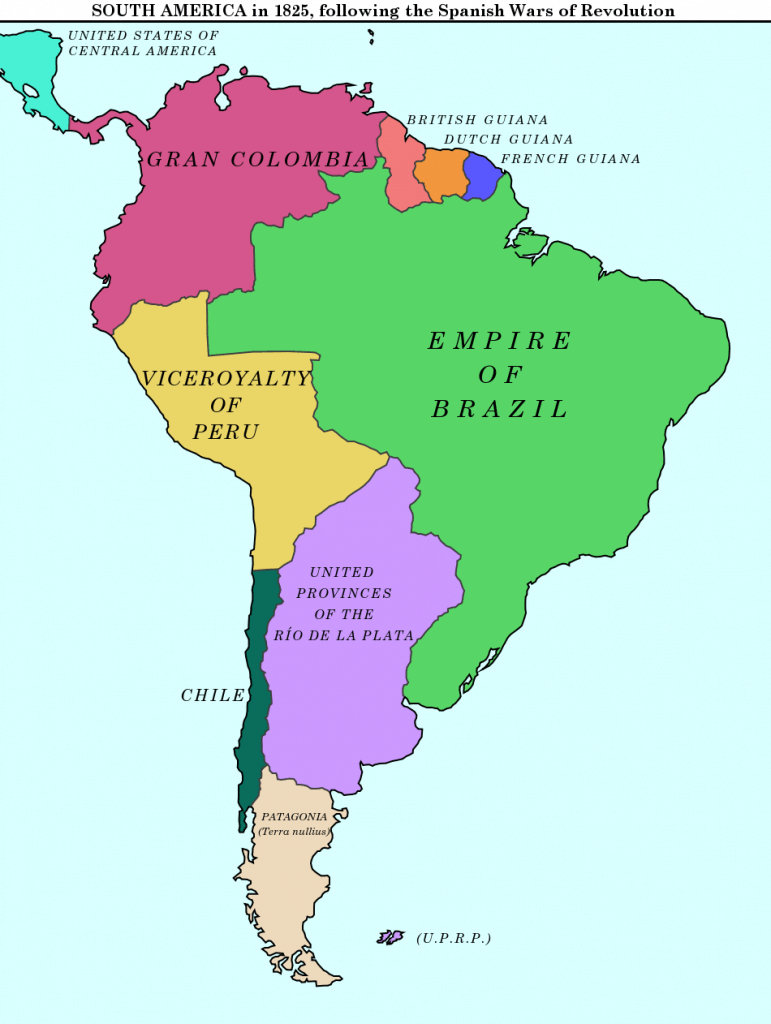
The history of Medellin is equally interesting. Here we will vary up our sources and let Lonely Planet tell you about it:
Spaniards first arrived in the Aburrá Valley in the 1540s, but Medellín itself was not founded until 1616; early development started in the southern part of the city now known as El Poblado. (Allison’s note: this is the area we live!) Historians believe that many early settlers were Spanish Jews fleeing the Inquisition. They divided the land into small haciendas which they farmed themselves – very different from the slave-based plantation culture that dominated much of Colombia. With their focus on self-reliance, these early paisas had little interest in commercial contact with neighboring regions. For these reasons, they came to be known as hard workers with a fierce independent streak.
Though Medellín became the departmental capital in 1826, it long remained a provincial backwater, which explains why its colonial buildings are neither sumptuous nor particularly numerous. The city’s rapid growth began only at the beginning of the 20th century when the arrival of the railroad together with a highly profitable boom in coffee production quickly transformed the city. Mine owners and coffee barons invested their profits in a nascent textile industry, and their gamble paid off big. Within a few decades, Medellín had become a large metropolitan city.

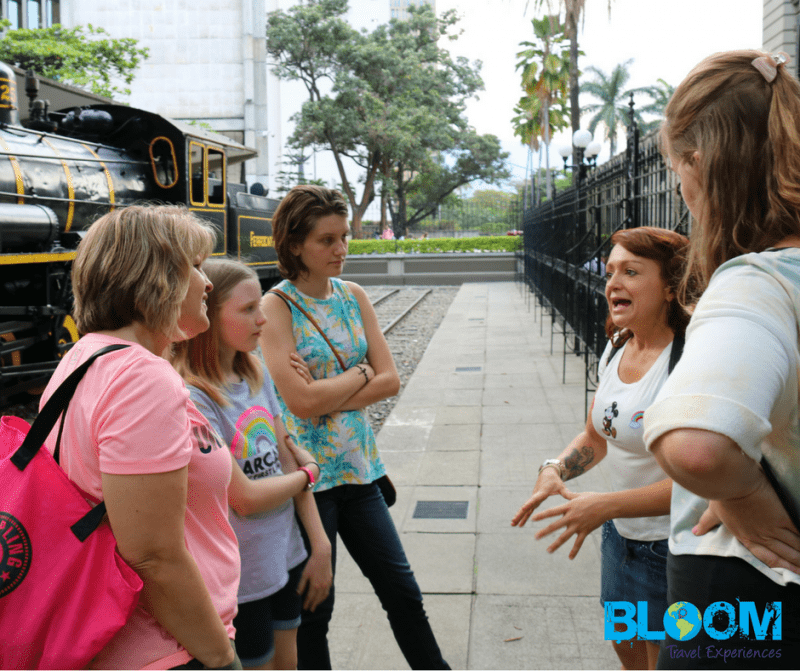
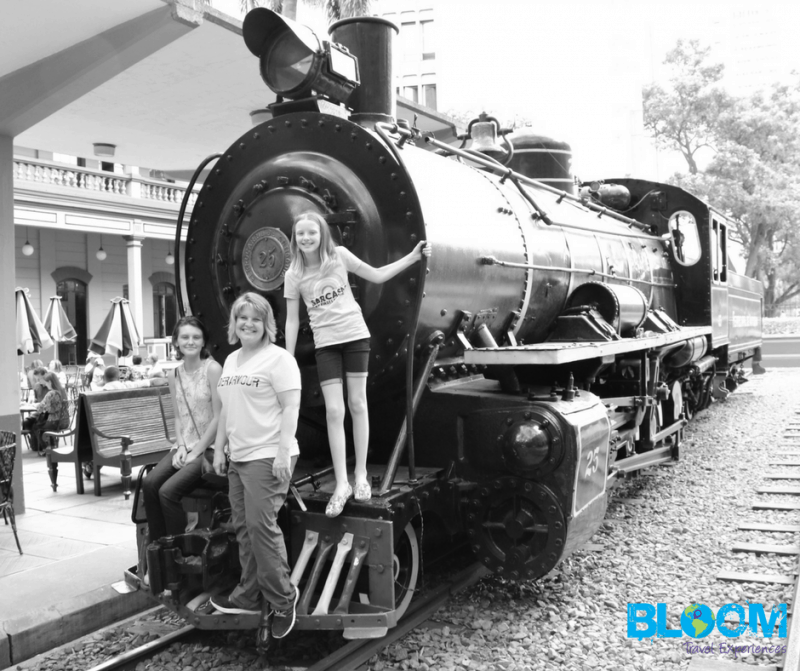
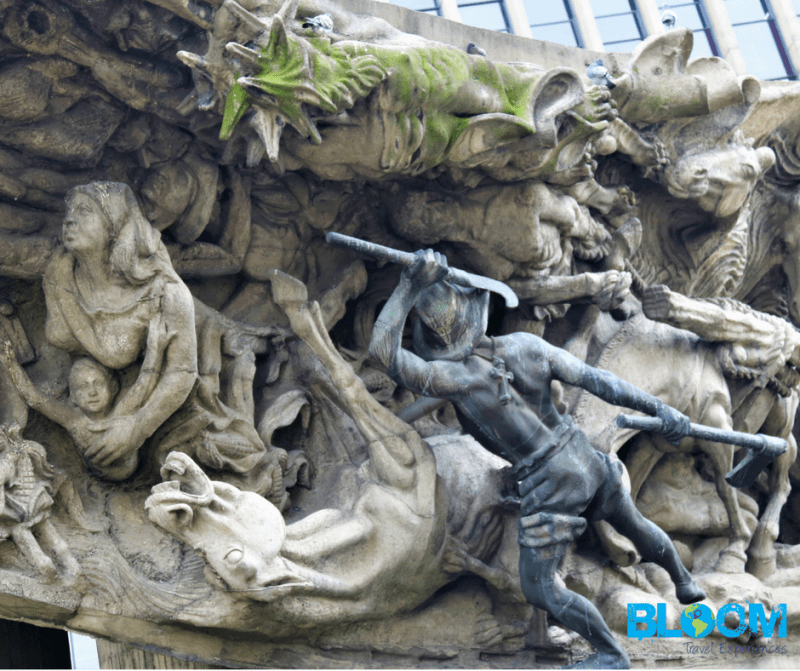
Centro Medellin
After the government buildings, we walked through Centro to get to the park. But walking through was eye-opening all on its own. This is a long pedestrian-only area filled with cart vendors. Everything from candles to phones to blankets to anything else you could imagine! This is like a mall, only outdoors, loud and done via carts. The girls had wide eyes and begged to come back and do some shopping. It was a bit sensory overload for me, but it was fascinating. This is how the many Paisas do their shopping – not at a mall or grocery store but from cart to cart, getting what they need. We stopped at a few candle carts to buy some candles but our guide Isabel’s negotiating progress was hampered by the presence of the gringas. The price went up when the vendor saw our curious faces. So after a while she made us stand around the corner while she went off to buy our candles for about half the price.
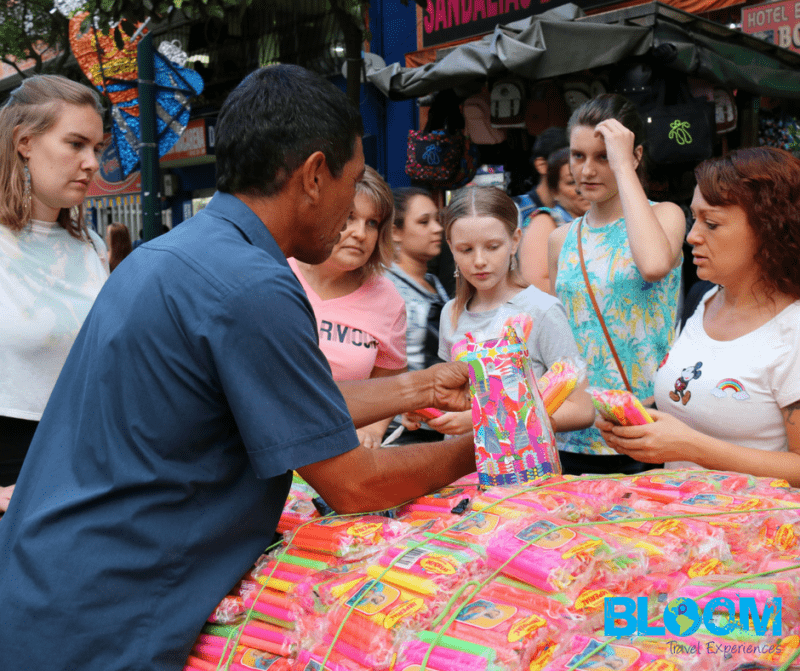

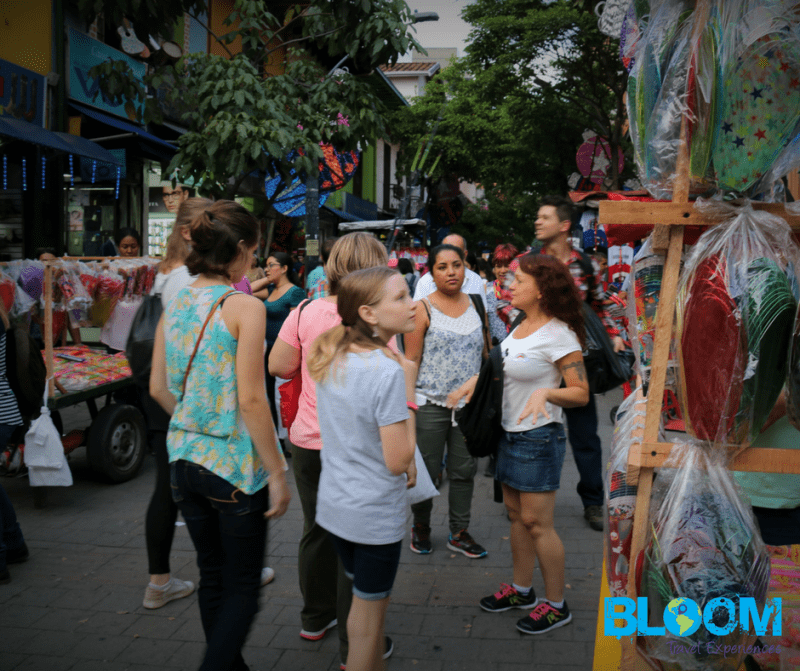
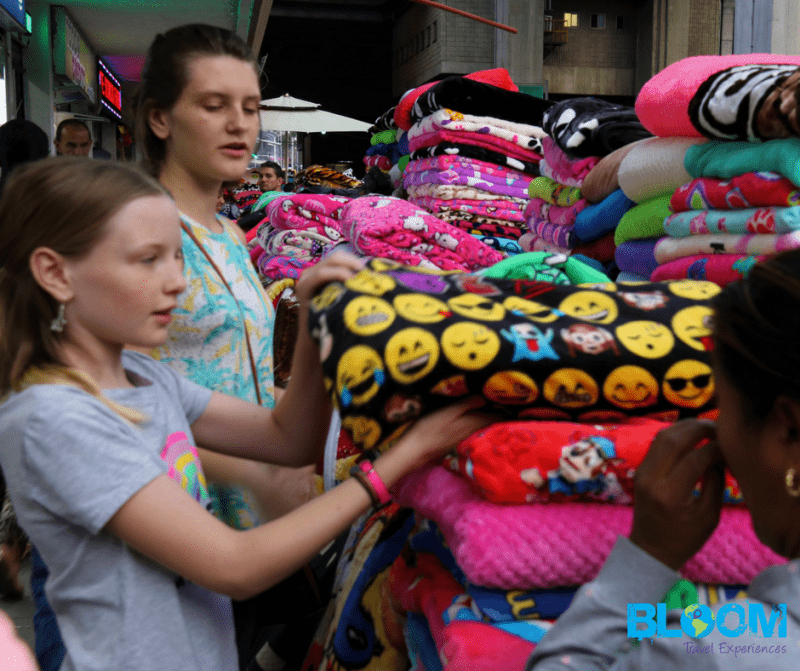

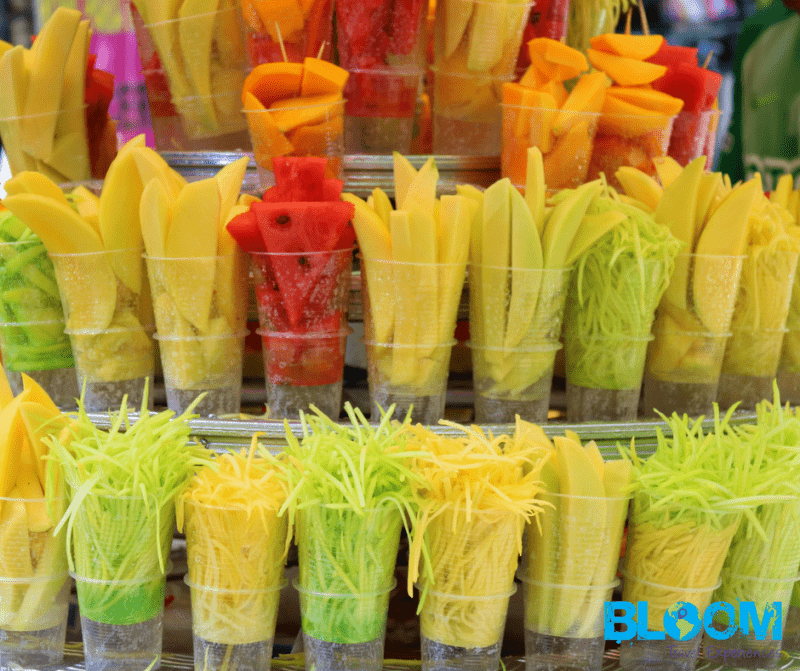

Fernando Botero
The next stop on our tour was a nearby park (there is a park “nearby” just about anywhere you go in the city – one of the things we love!). Throughout the park were these large, bulbous sculptures and paintings. These were done by the artist Fernando Botero, a Colombian figurative artist and sculptor. Born in Medellín, his signature style, also known as “Boterismo”, depicts people and figures in large, exaggerated volume, which can represent political criticism or humor, depending on the piece. He is considered the most recognized and quoted living artist from Latin America, and his art can be found in highly visible places around the world, such as Park Avenue in New York City and the Champs-Élysées in Paris. Fun fact: Medellin didn’t want his art gracing their parks but then Bogota bought some and Medellin decided maybe they should too. It was fun to see many of his pieces at the park in central Medellin. (Source: Wikipedia once again #lazyresearcher)
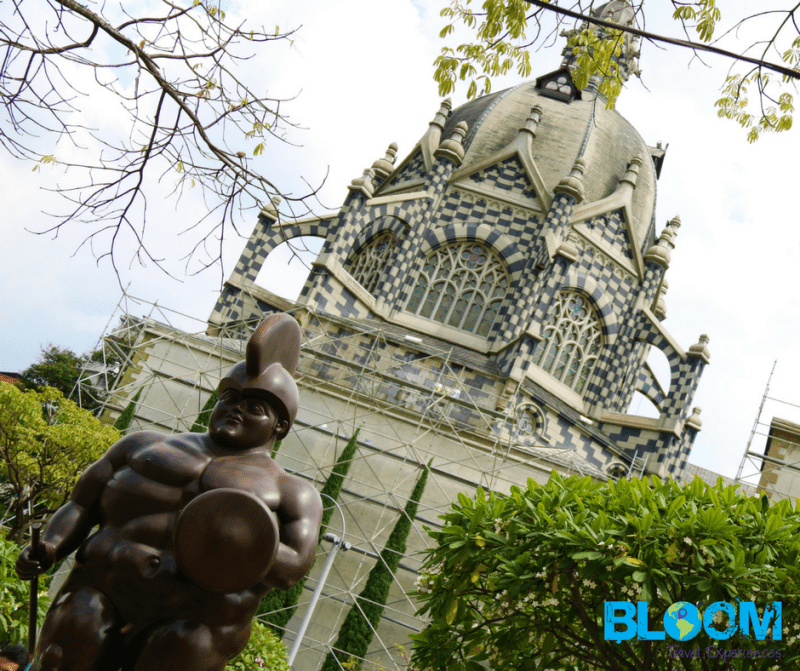
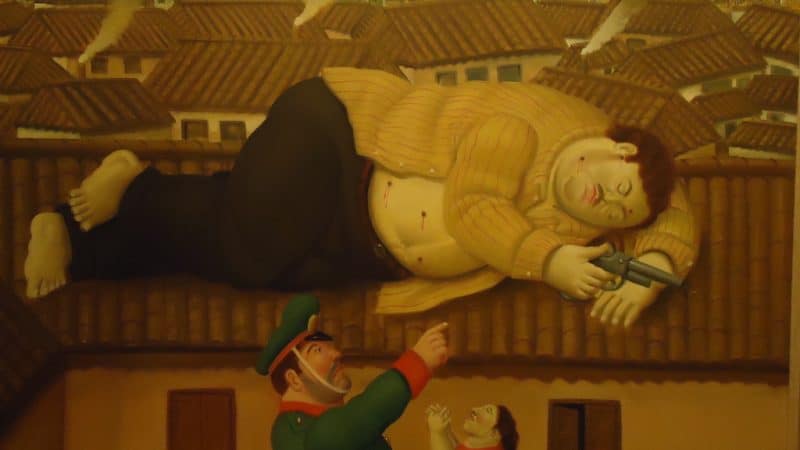

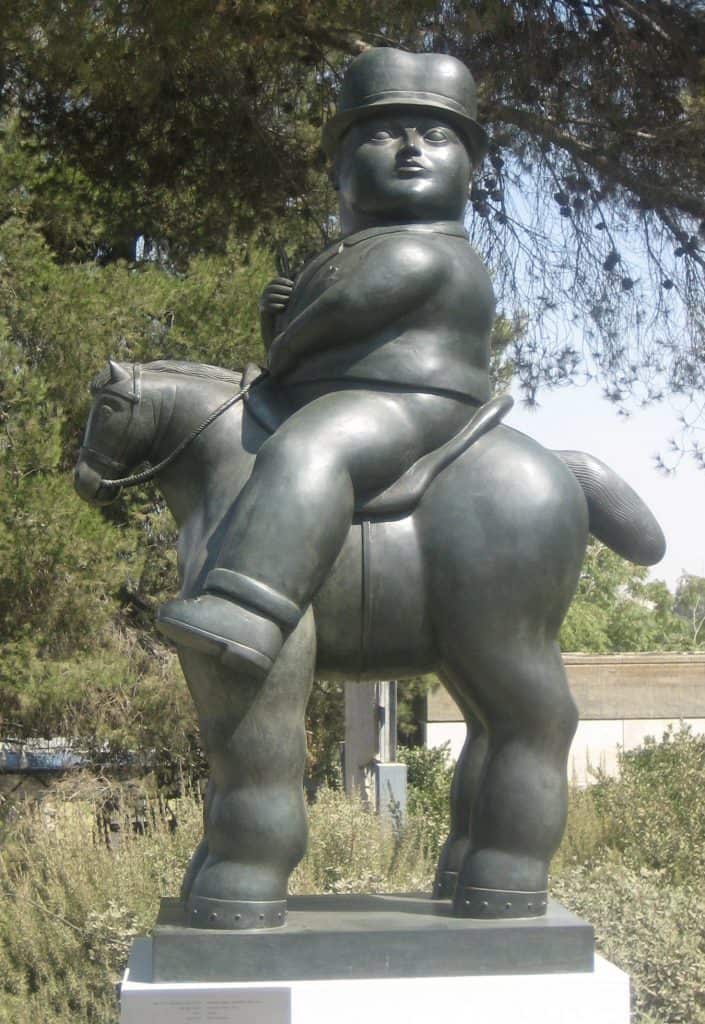
To Be Continued
There’s so much more to tell you about this day! And the best part is coming up. So be patient and we’ll post the next blog quick-like so you can continue your education on this awesome city.
